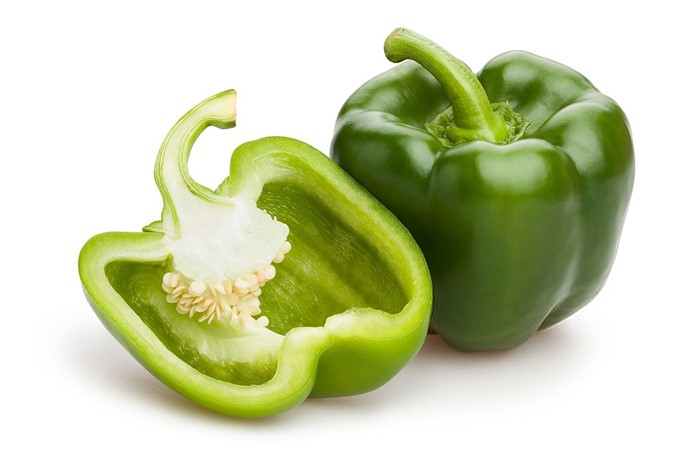Is Your Wine Too Green? The Pyrazine Problem
What are pyrazines, and why do they matter in wine?

Pyrazines are aromatic compounds responsible for a distinctive aroma that is especially recognizable in red wines. This term often arises in discussions about wine, particularly when describing the sensory profile of certain varietals. Despite sounding like a complex chemical term, pyrazines are simply an aromatic descriptor, commonly associated with the smell of green bell peppers.
This aroma is most prominent in grape varieties like Cabernet Sauvignon, Cabernet Franc, and Carménère. Merlot can also exhibit this characteristic, though to a lesser extent. Interestingly, pyrazines are not exclusive to red grapes; certain white varieties, such as Sauvignon Blanc, can also contain them.
Pyrazines naturally occur in grape clusters and their concentration diminishes as the fruit matures. If, for example, Cabernet Franc grapes are harvested before reaching full ripeness, the resulting wine will likely have a more pronounced green bell pepper aroma. However, if the winemaking process does not carefully manage this concentration, the wine may become overly herbaceous, a trait often considered undesirable by consumers.
Several factors influence the levels of pyrazines in wine, including the temperature during grape ripening (higher temperatures typically result in lower concentrations), specific fermentation techniques, winemaking processes, and even the aging period in the bottle. Additionally, pyrazines are not limited to the wine's aroma—they can also contribute a herbaceous quality to its taste.
By understanding and managing these compounds, winemakers can craft wines that highlight pyrazines as a positive characteristic rather than an overpowering flaw.
Founded in 2007, Vinetur® is a registered trademark of VGSC S.L. with a long history in the wine industry.
VGSC, S.L. with VAT number B70255591 is a spanish company legally registered in the Commercial Register of the city of Santiago de Compostela, with registration number: Bulletin 181, Reference 356049 in Volume 13, Page 107, Section 6, Sheet 45028, Entry 2.
Email: [email protected]
Headquarters and offices located in Vilagarcia de Arousa, Spain.